I'm trying to write an algorithm to determine if point is located inside a triangle or on it's edge in 3D coordinate space.
For example, I try to reach such results for different cases

I've figured out how to check if point P inside the triangle, I calculated normal vectors for triangles ABP, BCP, CAP and checked if they are similar.
Can someone explain how to check if a point is on the edge of a triangle (but not outside of a triangle)? You can provide formulas or code as you wish.


